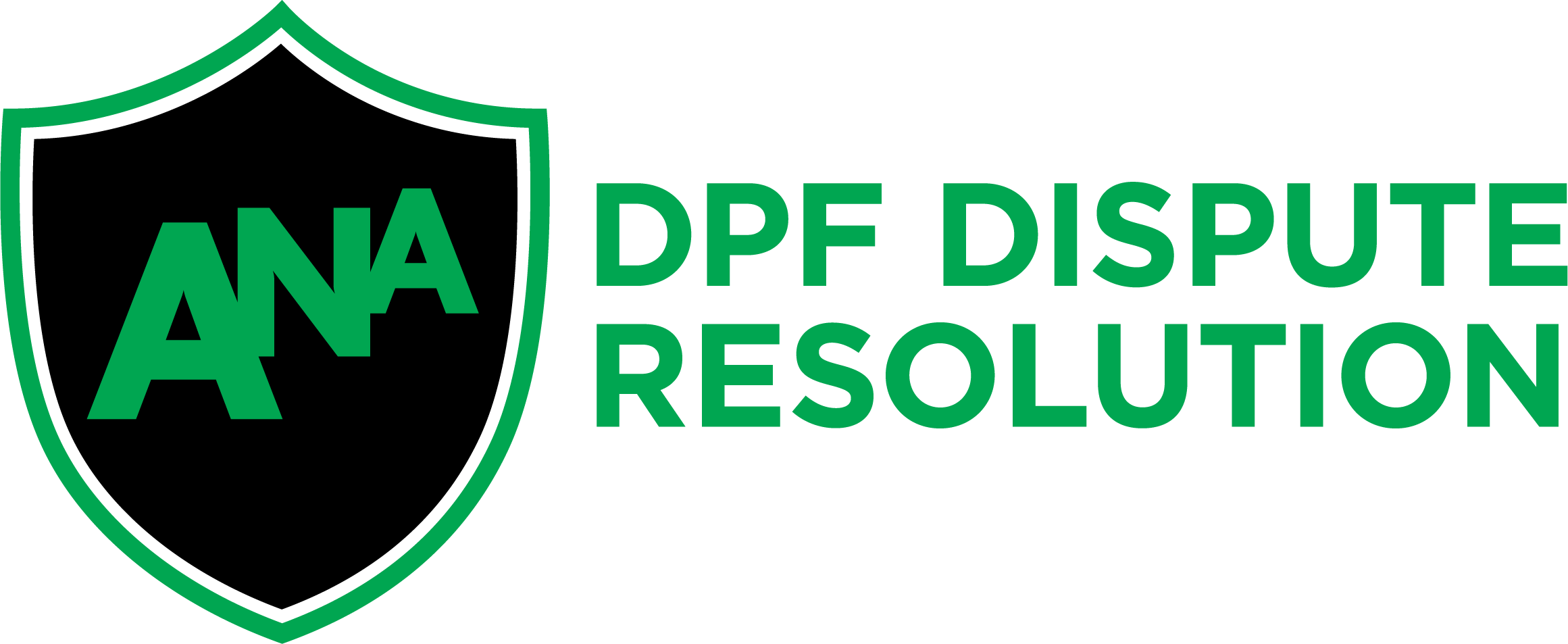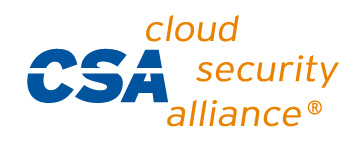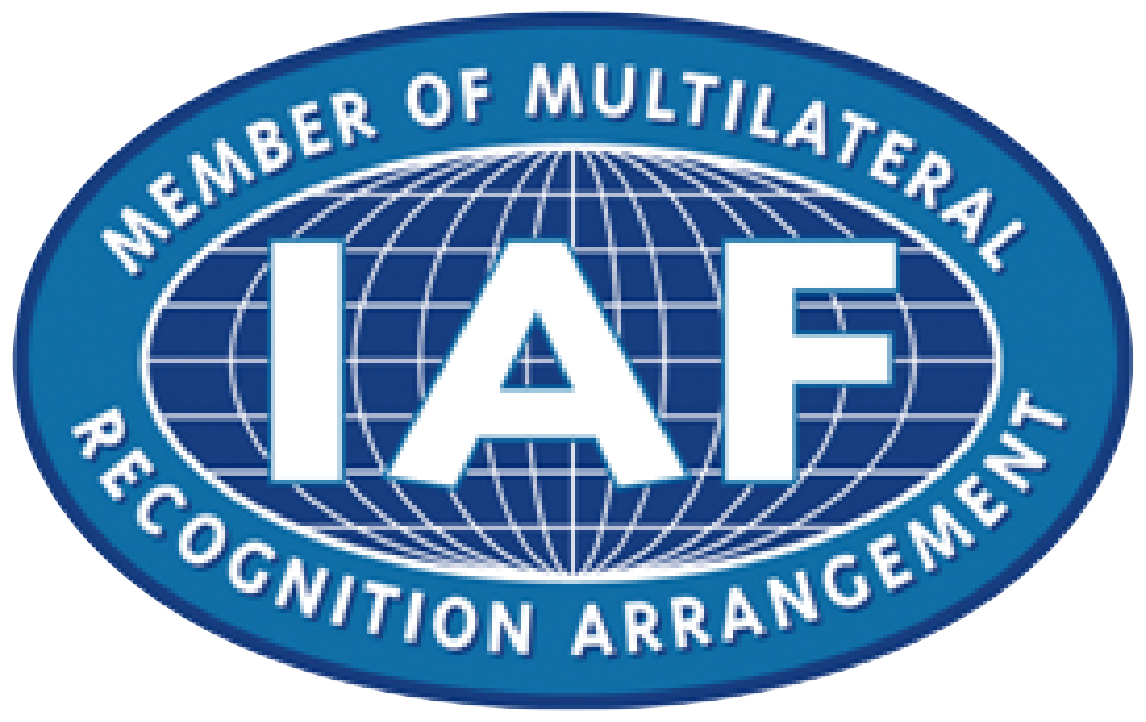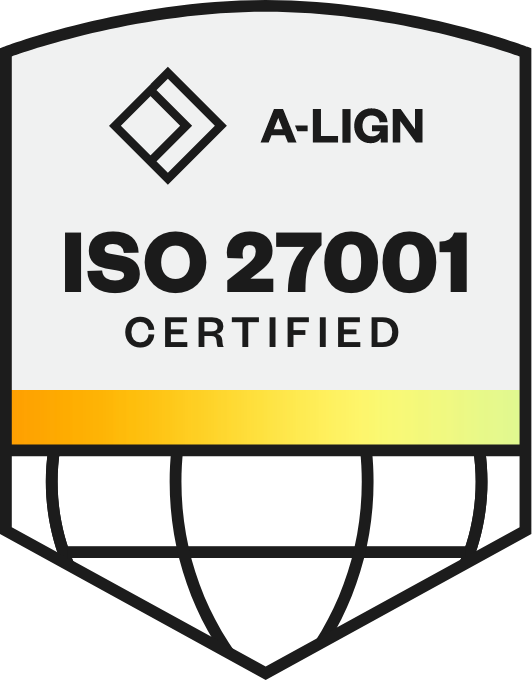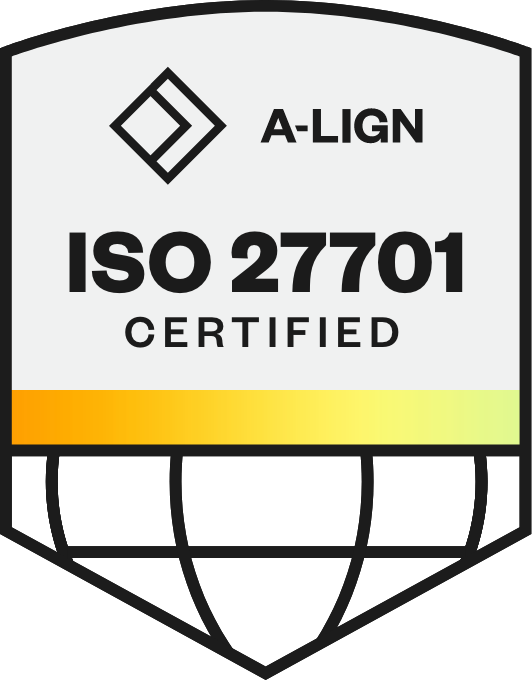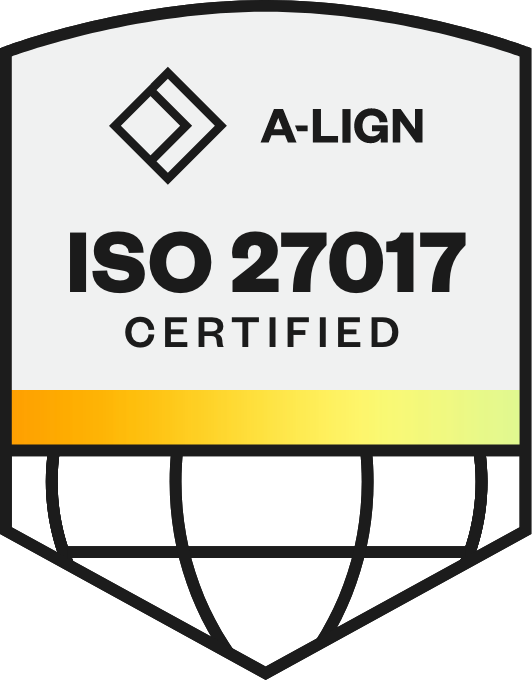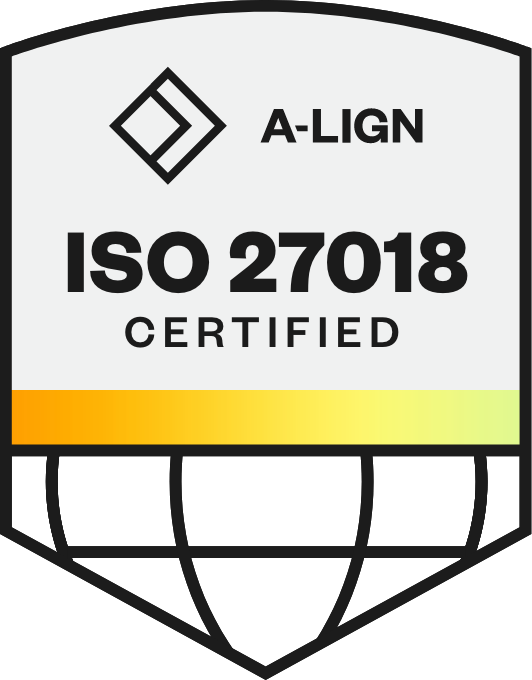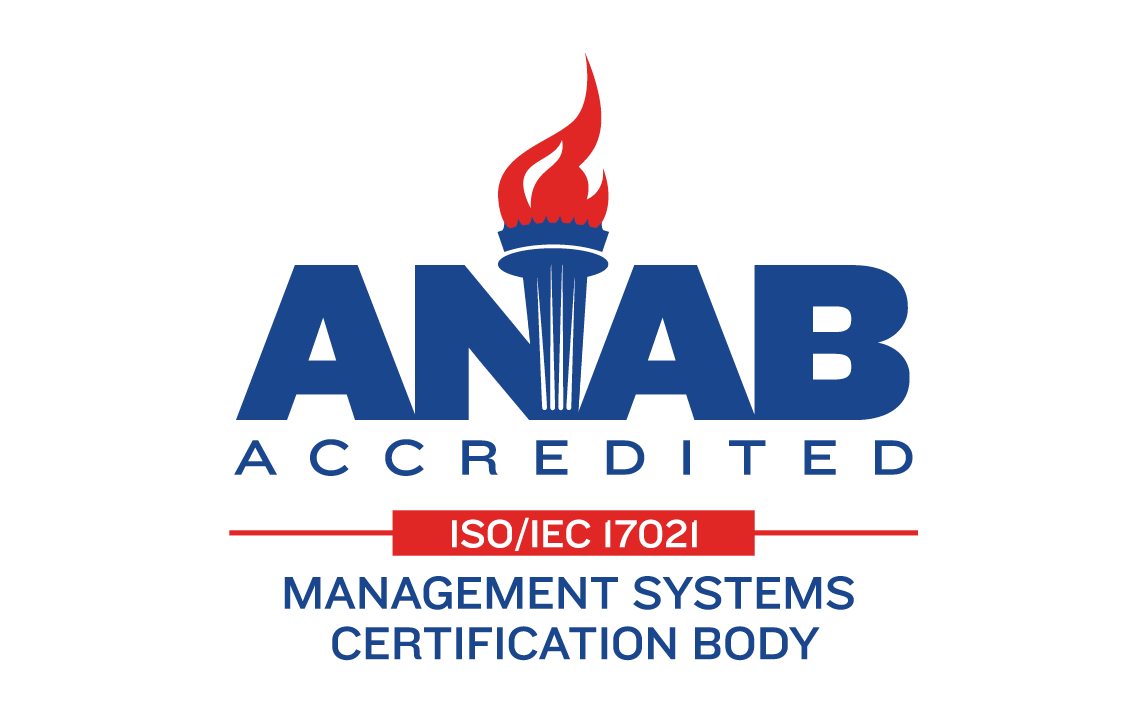
The Future of "Who's Next?": Transforming Succession Planning at Scale with Siemens Healthineers
If you've ever sat through a talent review meeting that felt more like a marathon than a strategic session, you're facing the same challenge that brought Siemens Healthineers to a critical tipping point. HR leaders across industries grapple with this universal problem: how do you scale succession planning for thousands of employees without drowning in manual processes or losing sight of individual potential?
For a company with 70,000 employees pioneering breakthroughs in healthcare (think cutting-edge medical imaging, diagnostics, and AI-powered healthcare technology), this challenge became a barrier to developing the leaders Siemens Healthineers needed to fulfill their mission. When their annual talent review process grew unwieldy and unsustainable, Cristina Dickins, VP of Global Talent Management, knew something had to change.
"The deck that we did last year was 400 slides. So it's not scalable. How can we expect an entire organization to do that? Not possible," Dickins said.

Watch the entire session on demand, or read on for the highlights!
In This Article:
The Hidden Cost of Manual Succession Planning
The succession planning struggle at Siemens Healthineers will sound familiar to many HR leaders. Despite their unique position as both a 175-year-old institution and a nimble startup (having spun off from Siemens in 2017), they faced universal challenges that scale brings.
Platform fragmentation created immediate obstacles. Following their acquisition of Varian Medical Systems — a leading cancer care technology company — Siemens Healthineers found their workforce split across two separate systems. "Very frustrating when you have half of your organization here, half of your organization there," Dickins recalled.
Manual processes dominated their approach, with leaders spending countless hours on talent discussions while getting limited value. "Even though we know talent is really important, our leaders were dedicating hours and hours of their lives to talking about talent. It was manual. And so it's painful because you're only getting a snapshot of information," Dickins explained.
The organization also struggled with limited visibility and a fundamental lack of talent intelligence. "When I joined, we actually didn't know who our top potentials were in the company," Dickins admitted. Leaders were unclear about their role in development, often passing responsibility to HR with requests like "Here's my great talent, go develop them. What are you going to do with them?"
Most critically, their annual review process had become completely unscalable — a presentation so lengthy and complex that extending it organization-wide was impossible.

Related: What is Succession Planning and why does it matter?
The Search for Scalable Solutions
Dickins recognized the need for change: "We said ‘No, it's really a shared ownership here. How can leaders play a critical role in having meaningful conversations with their talent, but then document it and make sure it's actionable?’"
Shared ownership required the right tools to make it possible. When evaluating succession planning solutions, Siemens Healthineers looked past basic functionality to find a partner that could handle their complex organizational needs. They needed three key capabilities:
Unified visibility across their entire workforce
Organizational intelligence to make better decisions
Actionable insights that drive development
"That's one of the big reasons we partnered with Phenom — the ability to really customize the view and pools of talent," Dickins explained.
The customization capability proved essential for their matrix organizational structure, and most importantly, Phenom offered something their previous approach couldn't: a complete organizational perspective across their entire workforce. "Phenom was able to help us with a solution here to see everyone in one place. But also, it's a complete view. So, it's not just looking at one snippet of an employee's profile, but really a holistic view," she noted.

Related: Benefits of Succession Planning: How It Strengthens Leadership & Business Growth
Reimagining Succession Planning for Scale
Phenom Succession Planning reimagines how organizations identify, develop, and move talent by providing both individual succession plans and organizational talent intelligence in one unified system. Rather than traditional succession planning that only shows who might fill a specific role, leaders get a complete view of talent movement across the entire organization.
The platform's configurable interface adapts to different organizational needs — engineering teams can view technical skills and certifications, while marketing teams focus on creative competencies and campaign experience. This flexibility proved essential for Siemens Healthineers' complex matrix structure.
Most importantly, AI-powered recommendations analyze role requirements and match them against employee skills and competencies to suggest succession candidates from across the entire organization. The system considers both self-reported skills and peer endorsements, comparing employee capabilities against role requirements to identify not just who might be ready now, but who could be developed for future roles. It also helps HR teams understand critical factors like how long high-performers have been in their current roles, enabling more strategic conversations about talent movement.
"I think this is a really different view than what you get in a lot of your other regular HRMS models. You can get ‘succession planning’ really anywhere, but what you miss is having a snapshot view of an organization," Dickins shared.
Related: What They Don’t Teach You About Leadership: A Conversation with Temple Health CEO Michael A. Young
Transforming Conversations and Achieving Results
The transformation fundamentally changed how talent conversations are happening at Siemens Healthineers and delivered concrete results, including:
Organizational Scale: Successfully unified all 70,000+ employees in one platform, eliminating the frustration of split systems.
Talent Intelligence: Created potential ratings for 30,000 employees, giving leaders unprecedented visibility into their talent pipeline.
Process Efficiency: Conducted over 300 talent reviews in the past year while dramatically reducing manual effort.
Succession Depth: Built 15,000 active succession plans across the organization, creating robust leadership pipelines.
But achieving these results required strong organizational commitment. "It takes leadership saying it is an expectation and a commitment," Dickins emphasized about driving adoption across their global workforce.
The shift from manual documentation to automated insights has transformed their day-to-day operations. "The more you can take out a very manual process (somebody furiously taking notes and capturing actions in a meeting) to where it's something that's very easily documented already in a tool that's automatically assigned, the more effective it's going to be," Dickins observed.
Most valuable is the system's ability to surface organizational patterns in real time. "If we see a person is now identified on 14 plans, we can have an honest conversation about where they will best fit," she elaborated. "For us, that's really made a big difference in how we think about talent development and how we think about forecasting moves," Dickins explained.
Building Tomorrow's Talent Engine
Looking ahead, the team sees its Phenom partnership as the foundation for even more sophisticated talent management. Their roadmap focuses on three key areas:
Automated career pathways: The team is working on solutions that identify learning opportunities for potential successors, helping them develop the skills needed for future roles. This approach recognizes that succession planning involves both identifying candidates and actively preparing them for advancement.
Talent marketplaces: Internal talent marketplaces will enable employees to explore roles and drive their own career development. "We want to make sure that we’re creating transparency, but also a sense of self-driven development," Dickins noted. "You have to get employees excited in identifying their aspirations, identifying what they're actually interested in, giving them exposure to different kinds of roles, creating those really good career marketplaces for them to develop."
Full platform optimization: Implementation continues as they refine their unified system while maintaining the flexibility needed for their complex organizational structure across all global markets. This ongoing optimization ensures the platform can adapt as the organization grows and evolves.
Your Path Forward
The transformation from 400-slide presentations to real-time talent intelligence at Siemens Healthineers represents what's possible when you move beyond traditional succession planning limitations. Their journey shows that scaling succession planning doesn't require sacrificing quality or drowning your team in manual processes.

For HR leaders facing similar challenges, the key lessons are clear: seek solutions that provide unified visibility across your entire organization, embrace AI-powered insights to make better succession decisions, and choose partners who understand that flexibility and customization aren't luxuries — they're necessities for complex organizational structures.
The question isn't whether your succession planning needs to evolve — it's whether you'll take the steps to transform it before your manual processes become the bottleneck holding back your organization's talent potential.
Start improving how you approach succession planning.
Check out the Phenom Succession Planning product page for more details.
Apurba is a writer who specializes in creating engaging content, backed by storytelling, data, SEO and a cup of coffee. When she’s not writing, she’s reading, cooking fusion food, or curiously traveling like a local.
Get the latest talent experience insights delivered to your inbox.
Sign up to the Phenom email list for weekly updates!



